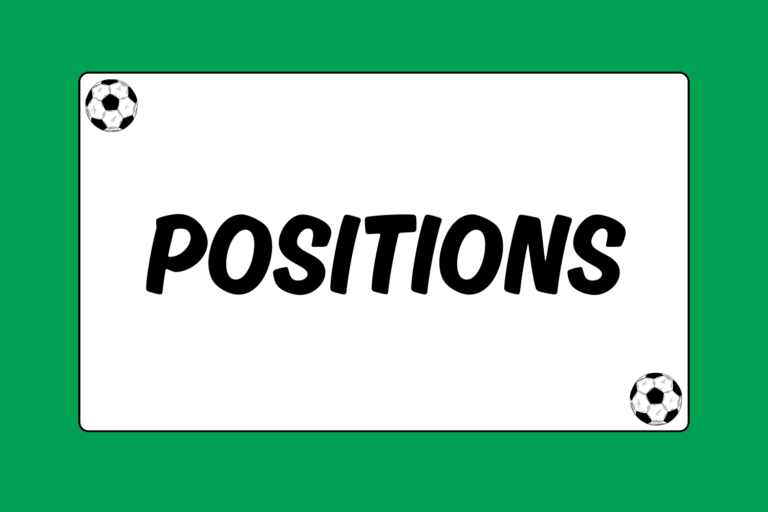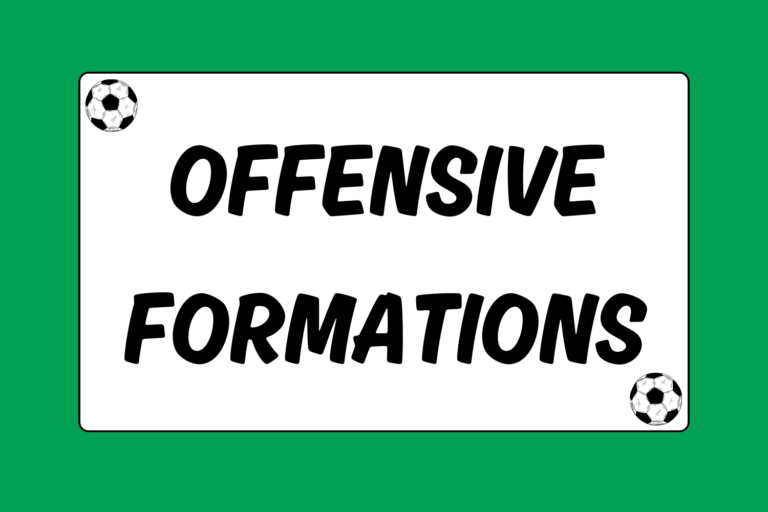The most important piece of equipment a goalkeeper needs to buy is a quality pair of gloves. Some keepers at young ages elect to play without them, but once shots start becoming more powerful, gloves become an absolute necessity. There are a number of determining factors that go into selecting the right gloves for you. Among them are: Level of play, features, cost, brand, field conditions, durability, sizing, and comfort. This guide covers everything you need to know when purchasing goalkeeper gloves.
Goalkeeper Level of Play
If you are new to goalkeeping, it probably doesn’t make a whole lot of sense to invest hundreds of dollars into a pair of goalkeeper gloves. Players will often impulsively spend money on equipment for a position, only to find that it’s not right for them. As a beginner, you should invest in a pair of low- to mid-level gloves. This should cost you somewhere in the range of $20-50.
If you are playing soccer at a competitive level and on a team where your role as the goalkeeper is established, you should not even consider purchasing the lower tier gloves. At this level, it is essential for your own safety that you purchase a pair of mid- to high-end gloves. That doesn’t mean you have to buy the top-of-the-line model, but you should expect to spend anywhere from $50-150.
Goalkeeper Glove Features
Goalkeeper gloves come with various features that you may or may not need. Consider the features below and whether they will be a requirement in a glove that you purchase:
- Reinforced fingers
- Water resistant material
- Surface specific material
- Ventilation
- Wide range of movement
- Adjustability
Goalkeeper Glove Cost
Buying a pair of goalkeeper gloves can be a big investment — sometimes comparable to a pair of cleats — so it’s important that you make the right choice. Entry level goalkeeper gloves with limited features start around the $20 mark, and at the high-end the price can rocket to around $200. The best way to buy a glove at the appropriate price is to make a list of the features noted above that you require, and then try on several gloves that correspond with your list.
Goalkeeper Glove Brands
Almost every company that makes soccer gear makes goalkeeper gloves, however not all brands are equal. Some companies spend a lot more money developing unique features that others don’t offer. This is one of the reasons why there are a few brands that are more trusted than others. There is no best glove, or right or wrong pair, but going with a pair of Reusch, Nike, or Adidas gloves is likely your safest bet. Steer clear of smaller brands that aren’t on the cutting edge of glove technology.
Amazingly True Story
The first soccer goalkeeper to wear gloves was Argentinean goalkeeper Amadeo “Tarzan” Carrizo, but they did not become common until the 1970s. Carrizo made his name playing for River Plate, where he pioneered many goalkeeping strategies that are still used today, including leaving the penalty area to defend an attacker and using goal kicks to launch counter attacks.
Goalkeeper Field Conditions
Goalkeeper gloves are made for a variety of condition-specific scenarios, so you would be wise to consider what your conditions are before picking a pair. Are you playing indoor or outdoor? On grass or artificial turf? Mostly in rain or sunshine? Know the answers to these questions before you begin your selection process.
If you play a lot of soccer — both indoor and outdoor — you should consider buying a few sets of surface-specific pairs of gloves. However, if you can’t afford to buy multiple pairs of gloves, consider looking into an all-weather model that is dynamic enough to function in various weather conditions and on different surfaces.
Goalkeeper Glove Durability
One of the big differences between a low- and high-end goalkeeper glove is the durability of its construction and material. A low-end pair of gloves is perfectly fine for the weekend warrior type of player. However, if you are the type who practices and plays games several times a week, not only should you have a pair of high-end game gloves. but also at least one pair of practice gloves.
The reason for this is because you don’t want to put wear and tear on an expensive pair of gloves. The material used in high end gloves is specially designed to allow a strong grip on the ball, and the more game time you put on them, the less effective that material will be. You are much better off getting additional pairs of inexpensive gloves for the day-to-day grind of practice, and saving your game gloves for game day.
Goalkeeper Glove Sizing
Goalkeepers tend to vary in their preference of sizing, but the general idea is similar to sizing a shoe: You want your fingertips to be as close to the tips of the gloves while still giving yourself a decent range of movement and without causing any discomfort.
Goalkeeper Glove Comfort
If you undertake the task of balancing cost with features, you may come up with a different glove choice each time. However, if there is one aspect of a goalkeeper glove that you should never surrender, it’s comfort. It doesn’t matter how many bells and whistles a glove has. If the glove is not comfortable: Don’t buy it.
For this reason, always try on your gloves before you purchase them. It’s not always easy to find a great selection for a niche product like goalkeeper gloves, but make of point of seeking out a store with a wide selection so that you don’t end up making the wrong choice. If you put in the work to find the best fitting glove, you will notice results on the field. Your opponent will notice too, as you deny their shots time and again.




